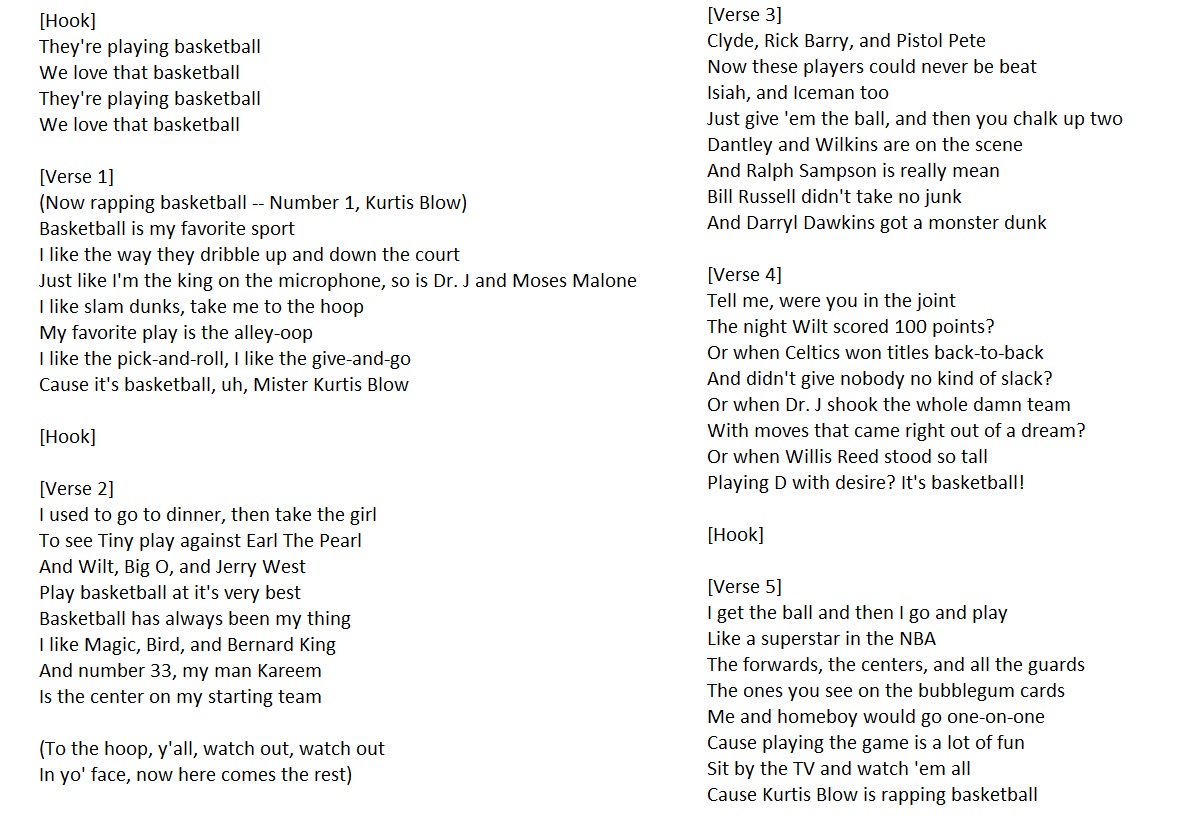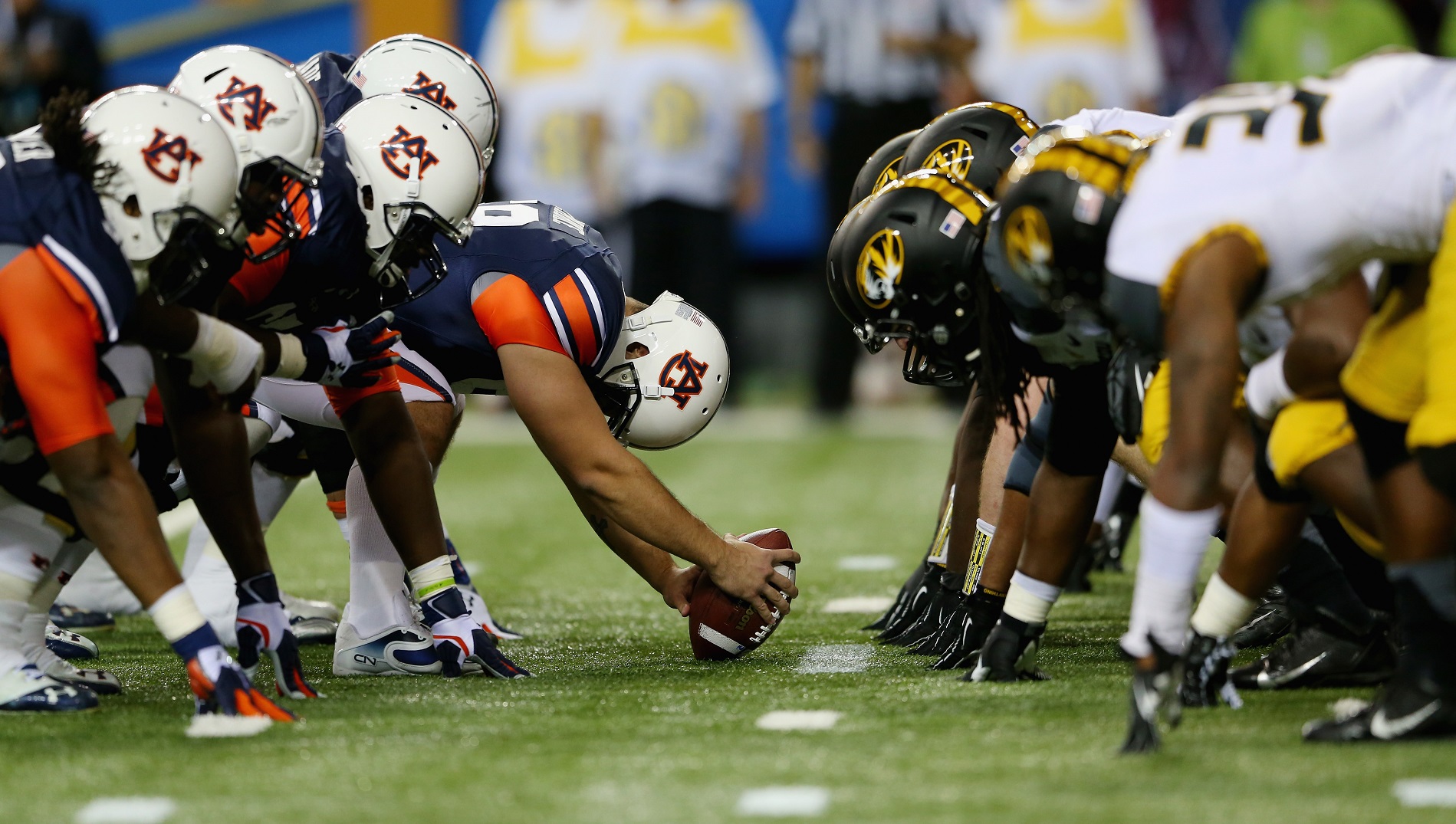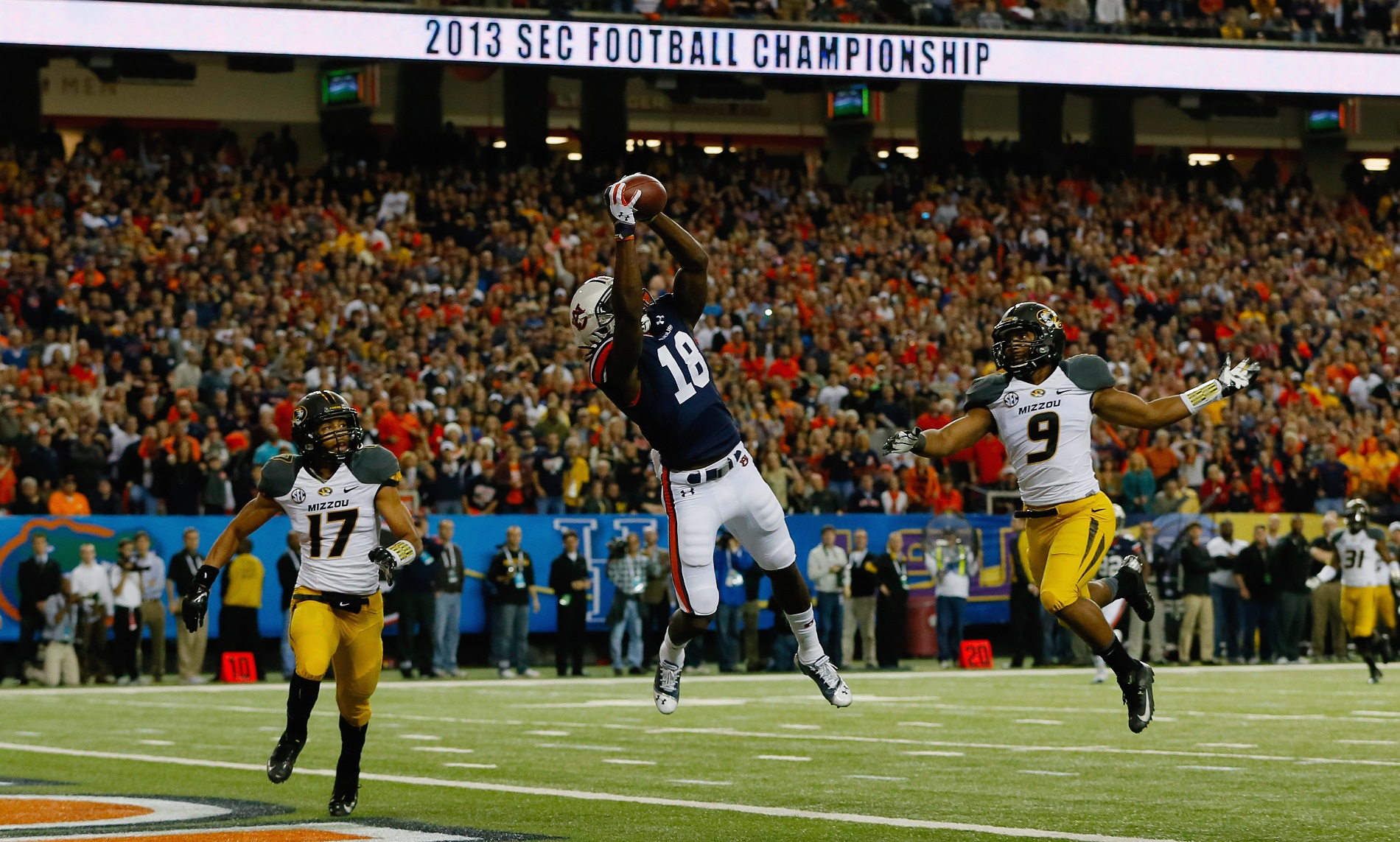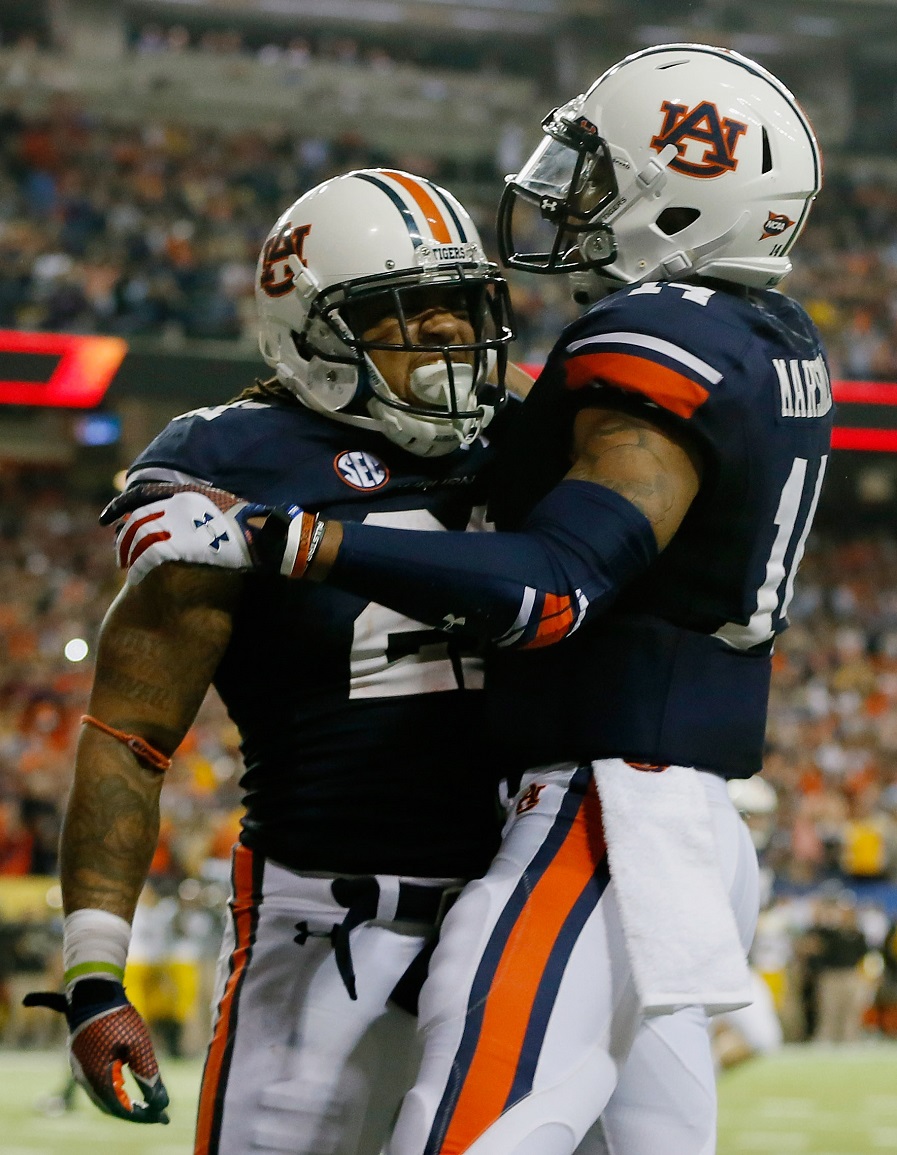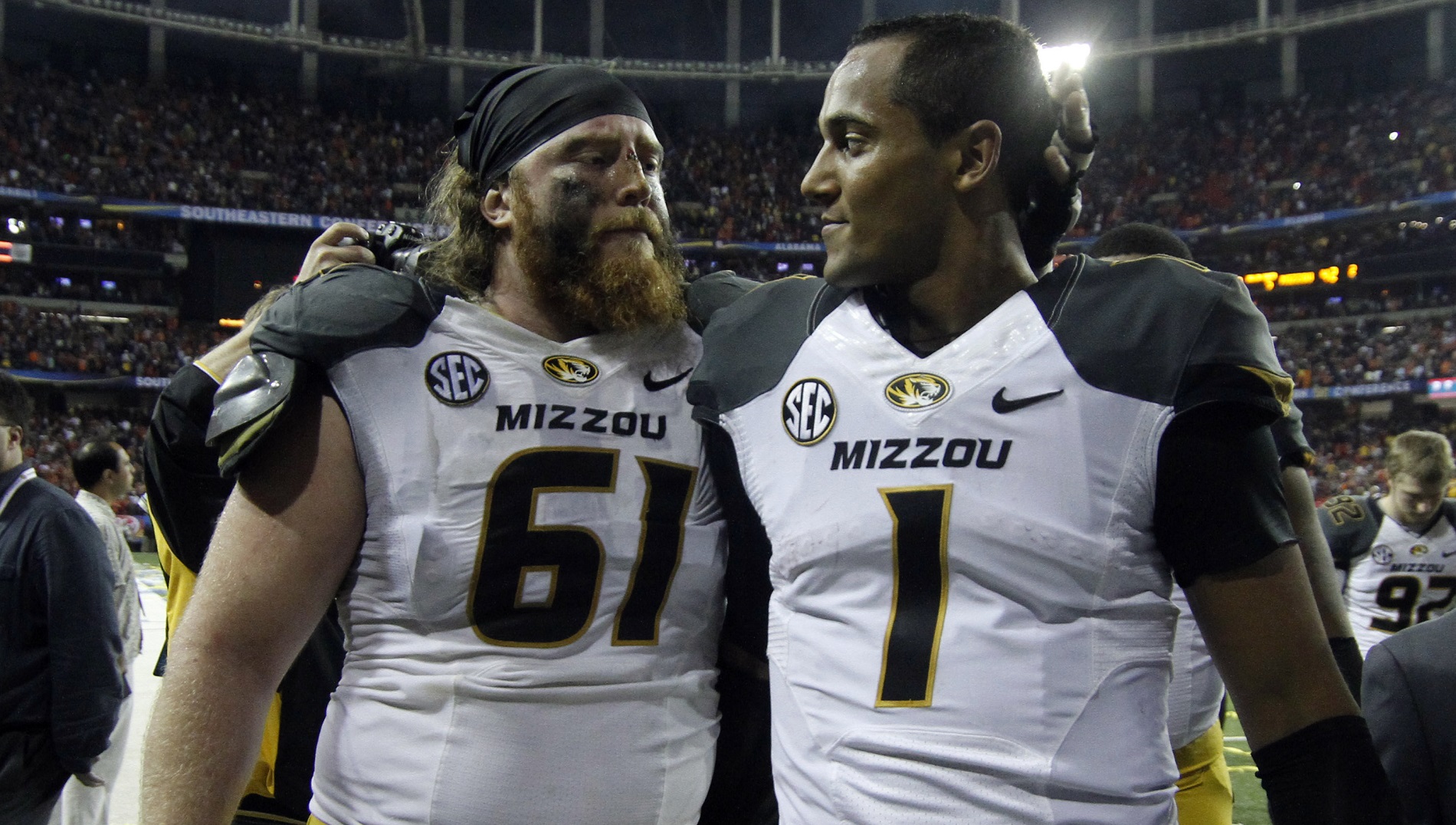
Listening to defensive coaches discuss the outbreak of Bear maulings west of the Mississippi, you get the sense that something awful is happening to the men of their profession.
"You have to think differently when you face Baylor," TCU head coach and defensive guru Gary Patterson has said.
"Baylor was the best team we played [in 2012]," said UCLA head coach Jim Mora, a former defensive coordinator whose Bruins also faced Rose Bowl champion Stanford twice.
Asked after shutting down Oregon State in last year's Alamo Bowl how Pac-12 offenses compare to Baylor's, former Texas defensive coordinator Manny Diaz's face dropped. "We play a different sport in the Big 12."
These are signs that something historic is taking place.
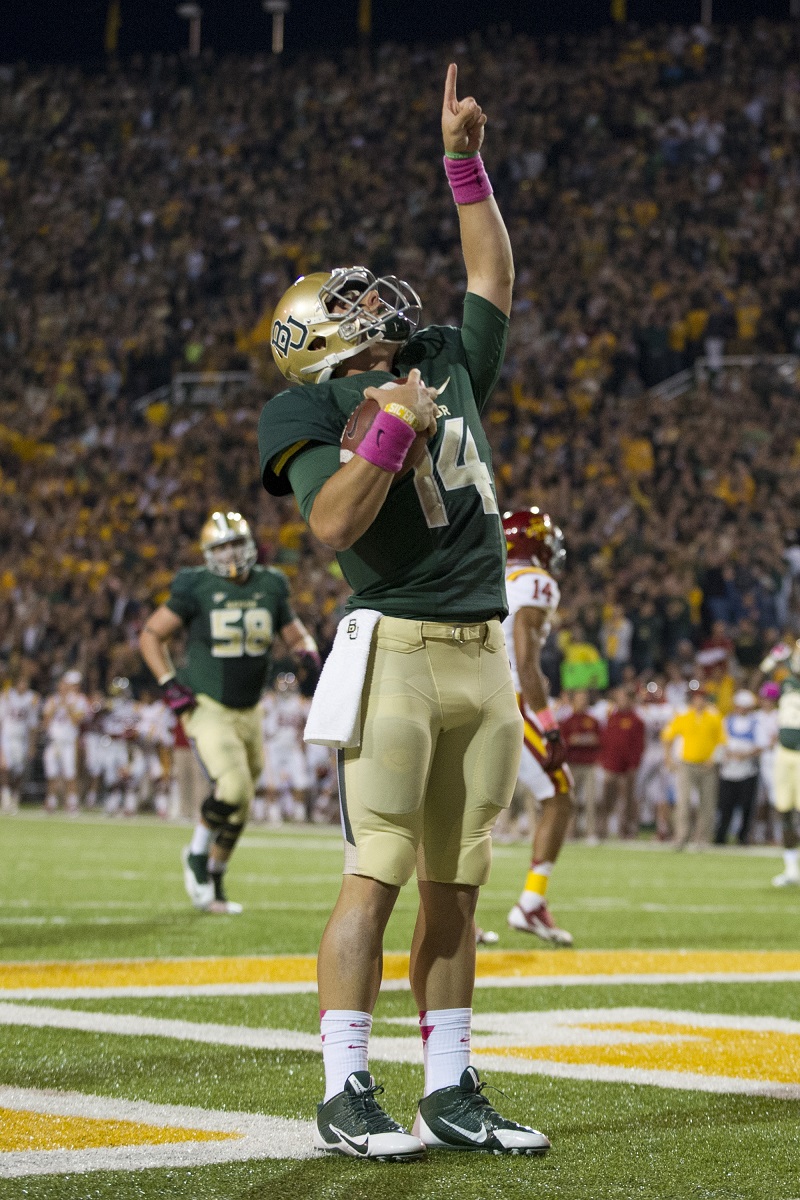 Baylor quarterback Bryce Petty. (Getty Images)
Baylor quarterback Bryce Petty. (Getty Images)Watch the press conferences. Read the transcripts. Talk to the coaches. You'll find defensive coordinators talk about "containing" or "limiting" Baylor. Coaches are trying to temper fan and media expectations. These are signs that something historic is taking place.
Baylor is scoring 63.9 points through more than half of its season, putting the Bears on pace to break the NCAA Divison I scoring record set by Mississippi Valley State during Jerry Rice's senior year. Baylor ranks both No. 1 in passing yardage and No. 8 in rushing yardage out of 125 teams; Oregon is the only other team to even rank in the top 20 in both, and the Ducks rank 20th in passing. Baylor has five more 60-yard plays than the entire Big Ten Legends division has and at least twice as many as all but two teams in the country. If the Bears can survive a tough November schedule, they could reach the BCS National Championship just three years removed from 14 straight losing seasons.
And it's not the air raid. It's not the run ‘n' shoot. It's not just a spread offense. It's a blend head coach Art Briles has been cooking up for decades now.
"It started with my first football job, coaching in Hamlin [a Texas 2A high school] in '84-'85," Briles told SB Nation in June. "My first year there, we had a great football team, ran the split-back veer, went 13-0-1. In the second year, I saw that if you got deep in the playoffs, you're gonna face people with talent just as good or better than yours. So what I looked for was an edge, something different; so in '85 we went to the one-back, four wides and went 14-1.
When we got to Stephenville [a 4A school that hadn't made the state playoffs in 36 years], we definitely had to do something that gave ourselves a chance to get the opportunity to win football games. We weren't just gonna line up and beat people. We had to be a little unconventional, which we were. In 1990 we had a guy throw for over 3,000 yards, and then had a 3,000-yard passer every year over the next 10 years. In '98 we actually set a national record for total offense."
Briles joined Mike Leach's hell-raising Texas Tech program in 2000, then got his first college head job in 2003 at Houston. His top two quarterbacks there, Case Keenum and Kevin Kolb, rank first and tenth on the all-time FBS career passing yardage list. Briles left for Baylor in 2008, bringing Robert Griffin III along, and Big 12 defensive coordinators have been losing sleep ever since. (And they likely will be for years to come, if Briles stays: Baylor's building a $260 million, on-campus stadium; Nike nearly gives the Bears the Oregon treatment; and the offense that's helped make national names of three-star receiver recruits like Tevin Reese, Antwan Goodley, and the Dallas Cowboys' Terrance Williams just landed a commitment from 2014 five-star KD Cannon, the top receiver in Texas.)
* * *
What makes an offense great? In short, the ability to efficiently attack multiple parts of the field and overstress any defense. Good offenses can do something so well that defenses have to adjust their systems to stop it. Great offenses can punish defenses for that adjustment.
Many teams can't even figure out what Baylor's most threatening components are. Some coaches have had marginal success by attempting to take away the quick screens and passing game. Others have sought to prevent deep passes, yet Baylor's Reese and Goodley still manage to rank first and second nationally in yards per target with 17.7 and 17.5, about a full yard better than No. 3, Mike Evans of Texas A&M. And still others have done all they can to stop the running game, currently producing 303 yards per outing, from coming to life. It may be that Briles has now found the players to ensure that every choice by the defense will be wrong.
Baylor's hybrid offensive approach essentially combines many of the greatest tactics in offensive football into one cohesive and simple package.
First is Baylor's employment of the spread offense. Baylor's spread is more intense than most, with even the inside receivers lining up outside of the hash marks. Most every team in college football utilizes some aspect of spread tactics, but everything Baylor does is built around spacing out defenses so that individual matchups can be hammered.
On the outside, speed is king. Baylor sends every receiver vertical early and often in every game. In particular, they love that most defensive schemes match safeties or linebackers in coverage against their slot receivers, so they make a habit of using play action or vertical routes. That makes safeties have to turn and run with 4.4 sprinters like Reese.
Who supports a safety in that task? By definition they are already the support players, the last lines of defense, the reinforcements. Briles attacks them first.
The Bear attack to the middle of the field is all about power. Right guard Desmine Hilliard weighs 330 pounds. Preseason All-American left guard Cyril Richardson weighs about 340. Baylor's run game is primarily based in inside zone and power-O blocking. Meaning, defensive linemen are constantly getting blocked at an angle or by double teams coming straight at them.
Baylor then pairs these running concepts with quarterback reads. Bryce Petty can either throw a perimeter screen or quick pass or keep the ball himself, based on his read of "overhang" defenders. These are the players who are being stressed to choose whether they'll align outside to run down a screen pass or inside to fill an interior running play. Read-option concepts guarantee those defenders are always wrong.
Of course, Baylor also has some of the best play-action as well. Old school, new school, it's all there in Waco.
While they are known for their big plays, Baylor has the ability to work its way down the field the hard way with a quick passing game and power runs. Most of their running backs have been bigger, powerful runners such as the 240-pound Terrence Ganaway or current senior and 220-pound bowling ball, Glasco Martin.
This year, they have an extra element to the run game thanks to the diverse skills of their main back, Lache Seastrunk, who's averaging 9.05 yards per carry. "Lache Superior" combines the ability to fall forward for tough yardage with elite shake and enough breakaway speed to house runs through a crack of daylight.
When the Bears get their offense humming they love to go fast, snapping the ball within 15 seconds of the whistle. Imagine being a 300-pound defensive tackle against this offense. In 10 minutes of real time, you have had to fight double teams and down blocks from human beings bigger than you nine times and been asked to drive those same people backwards while rushing the quarterback four times (and you're not likely to get much pass-rushing help, since those receivers being out so wide limit what your defensive backs can do). After successfully beating a double team, your coaches screamed at you to chase down Reese ... turns out Petty made a pass read. Before the drive is done, you don't have much breath left for a goal line stand. If you last that long. Of Baylor's 55 offensive touchdowns, 29 have come from outside the red zone anyway.
Perhaps most astonishing is the play of this dastardly conspiracy's triggermen. Griffin III was a Heisman-winner and terrifying revelation, and crafty Nick Florence managed to match and even exceed some of his numbers in 2012.
Bryce Petty seems to have been fashioned in a Waco lab for the express purpose of running this offense. His deep throws, screens, and quick passes that comprise the bulk of the Baylor passing game are generally perfect both in accuracy and timing. He can throw on the run or scramble and would probably clock around 4.6 or 4.7 in the 40. At 230 pounds, he also has the strength to handle Baylor's inside run demands and survive the hits that come with being a spread quarterback.
Baylor achieves its insanely high level of proficiency at quarterback thanks to the practice routine that also makes its in-game tempo so quick. They line up and run their plays in practice even faster than they do on Saturdays, resulting in endless reps and enabling their timing and muscle memory to approach perfection.
Most of their plays are packaged together, so that Petty is making quick reads of individual defensive players after most snaps. Suffice to say, he almost always makes the defense wrong with his choices.
Thanks to the tremendous speed of their three featured offensive players, all of their concepts can turn into touchdowns if the defense makes a mistake.
Inside runs by Lache Seastrunk ...
.... a quick throw to Antwan Goodley ...
... or a deep bomb over the top of your helpless safeties to Tevin Reese ...
... they can all make you pay from anywhere on the field with any concept. In this play, Petty has the choice to throw a screen pass, hand off for an inside run, or hit Reese on the boundary for a harmless-looking hitch pass. The most innocent option still proves deadly:
* * *
Baylor has scored from its own side of the field (50 or more yards away) 17 times in seven games this year. Only Utah State topped that last year, and that took 13 games. The defense isn't safe anywhere. Has there ever been an offense more capable of scoring from any point on the field?
For that reason, most Big 12 defenses have tried simple approaches. Most have attempted to force Baylor to win with quick passes, possibly the lowest-percentage play in the Bears' arsenal.
However, it's becoming increasingly difficult to do even that. The last two years, Texas tried to combine a cautious Cover-2 with zone-blitzing, only to allow 48 and 50 points. Kansas State approached the 2013 Bears even more cautiously and gave up passing plays of 93, 72, and 54 yards. Backing your safeties 12 or 15 yards off the ball still doesn't ensure that Reese won't race past them, remarkable as that may be. Or he could take advantage of all that open grass and do his racing after receiving the ball.
West Virginia used 3-4 fronts to try and control the middle of the field with their stout defensive line, and they spread their linebackers wide to handle the stress points along the perimeter. Their safeties were then allowed to stay deep and keep everything in front of them. They gave up 73 points and 872 yards. The 'Eers surrendered three touchdowns of more than 45 yards — in the first 10 minutes.
What more can a defense do against Baylor?
As it happens, the Bears' remaining schedule may help us answer this question.
There is one approach that many teams have not dared to attempt: playing with a single deep safety and tighter outside coverage, in order to eliminate Baylor's ability to isolate defenders along the perimeter with runs and quick throws. This approach, of course, dares Baylor to destroy the defense by throwing downfield against one-on-one matchups.
Oklahoma attempted this tactic last season, and its secondary, playing mostly dime personnel, held the Bears to only 5.2 yards per pass. Perhaps the greatest advantage of the single-deep-safety approach is it allows the defense to keep six defenders in the box even against Baylor's spread-out, four-receiver formations. However, OU's dime package meant these six players were four DL, a young linebacker, and a 205-pound safety. Despite it being a fair fight in the middle with even numbers, Baylor's players ran over Oklahoma for 252 yards on the ground.
In their 2013 matchup, Oklahoma is sure to try this approach again. They've modified their defense to include greater speed, with 3-4 fronts and late-dropping safeties to help the run game and keep linebackers in the box:
Due to OU's injuries to nose tackle Jordan Phillips and top linebacker Corey Nelson and their overall youth on the defensive line, it's nearly certain that they will again be unable to stop Baylor's run game in this fair-fight scenario. A Baylor victory seems nearly inevitable.
However, Baylor could make a statement if it shreds Oklahoma's pass defense as well. Otherwise you could speculate, "what if another team with both a great secondary and a great run front challenged Baylor receivers with the Oklahoma strategy?"
What happens when they play a defense loaded with NFL prospects, particularly on the defensive line?
Then there's the final challenge for the Bears to answer before they'll convince the skeptics: What happens when they play a defense loaded with NFL prospects, particularly on the defensive line? If the Big 12 has a weakness as a conference, it's a lack of difference-makers in the trenches on defense.
What would happen if Baylor faced a team with the depth and size up front to survive the Bears' pace and run game? What if that team also had the speed and athleticism on the edge to try and take on Baylor's receivers?
Stanford could fit the bill, as might Michigan State, but Alabama is the clearest example of such a team. The Tide have a powerful enough line to play a five-man box and enough athletes to play dime-personnel packages. Those allow the safeties to play in a two-deep shell and keep the ball in front of them.
In this clip, Alabama's in dime personnel trying to cover the screens and inside runs at the same time, which is made possible by the lateral speed of their back seven and their impenetrable defensive line:
Before a potential title game matchup against an athletic squad like the ones in Tuscaloosa, Eugene, or Tallahasse, the Bears have another premier program on their schedule. That game could decide the Big 12 and then some.
After being obliterated early in the year by BYU and Ole Miss, the Texas Longhorns have shockingly managed to turn their defense around. Texas has two strengths Baylor hasn't yet faced.
The Longhorns have the athletes in the secondary to play aggressive, single-deep safety coverages as Oklahoma does, but they also have arguably the best defensive line in college football. Starting defensive ends Jackson Jeffcoat (six sacks) and Cedric Reed (five sacks) are likely to give Baylor's offensive tackles more trouble than they are accustomed to. More importantly, Texas has future NFL Draft choices Chris Whaley and Malcom Brown on the inside, backed by more young and elite talent.
The Longhorns also struggle at linebacker and safety against the run, making them less than the ideal test for the Bears' offense, but they will ask Briles' boys some questions that need answers.
Meanwhile, there's a lingering question for the rest of us: Might the greatest offense college football's ever seen have been birthed two decades ago by a Texas high school coach named Art Briles?
Sooner or later, we should all learn the answer to that question on the field.

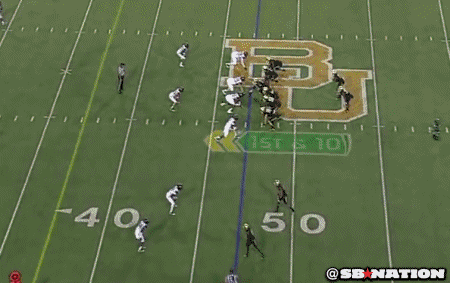




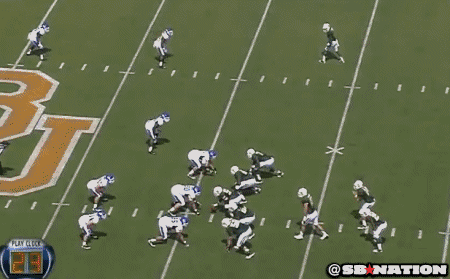
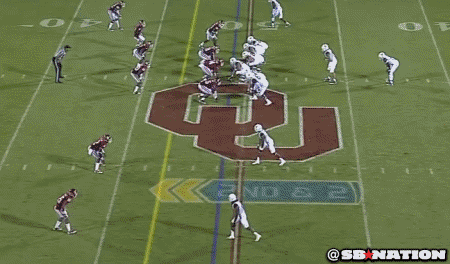


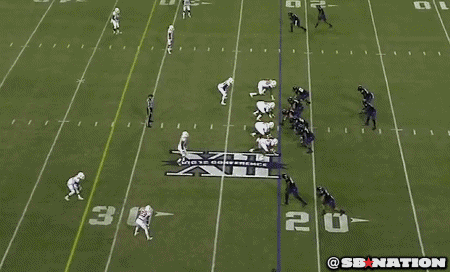










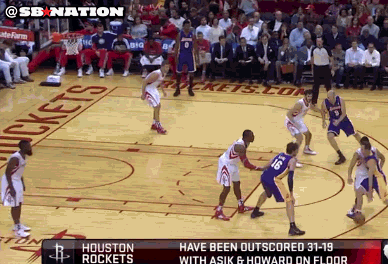
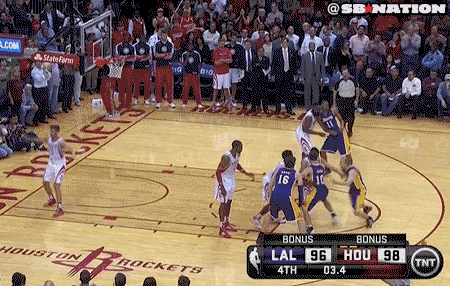



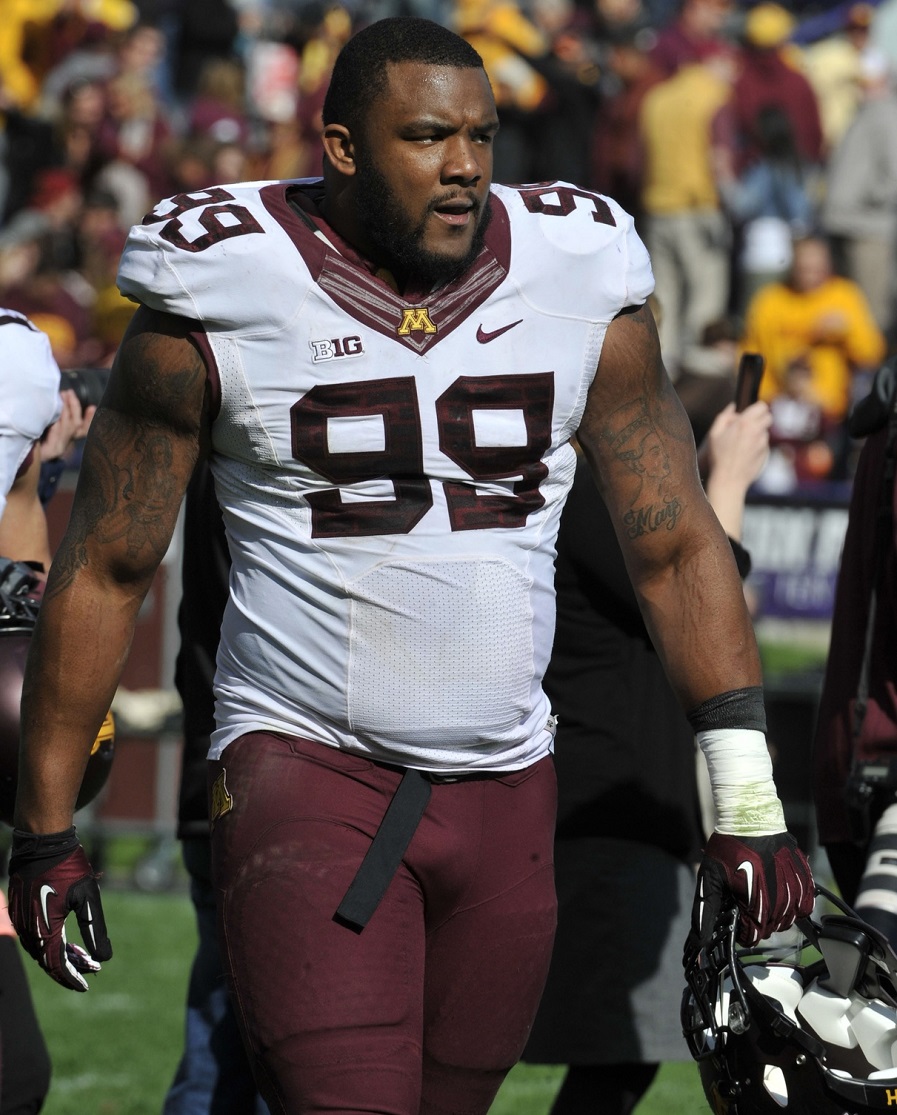

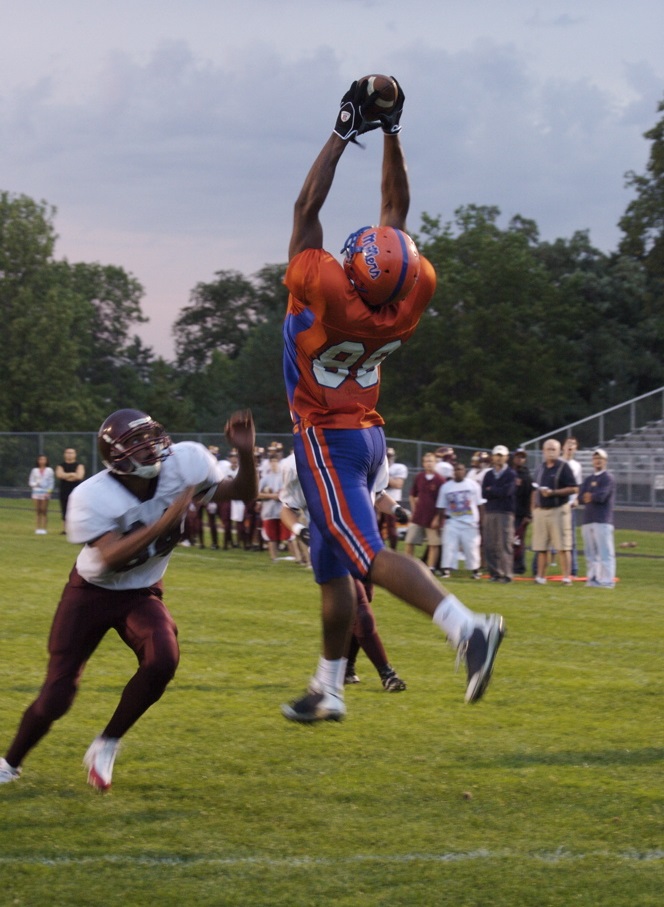
































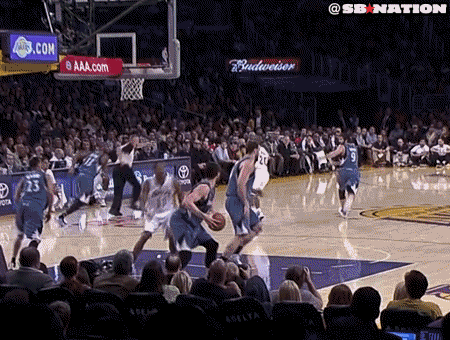





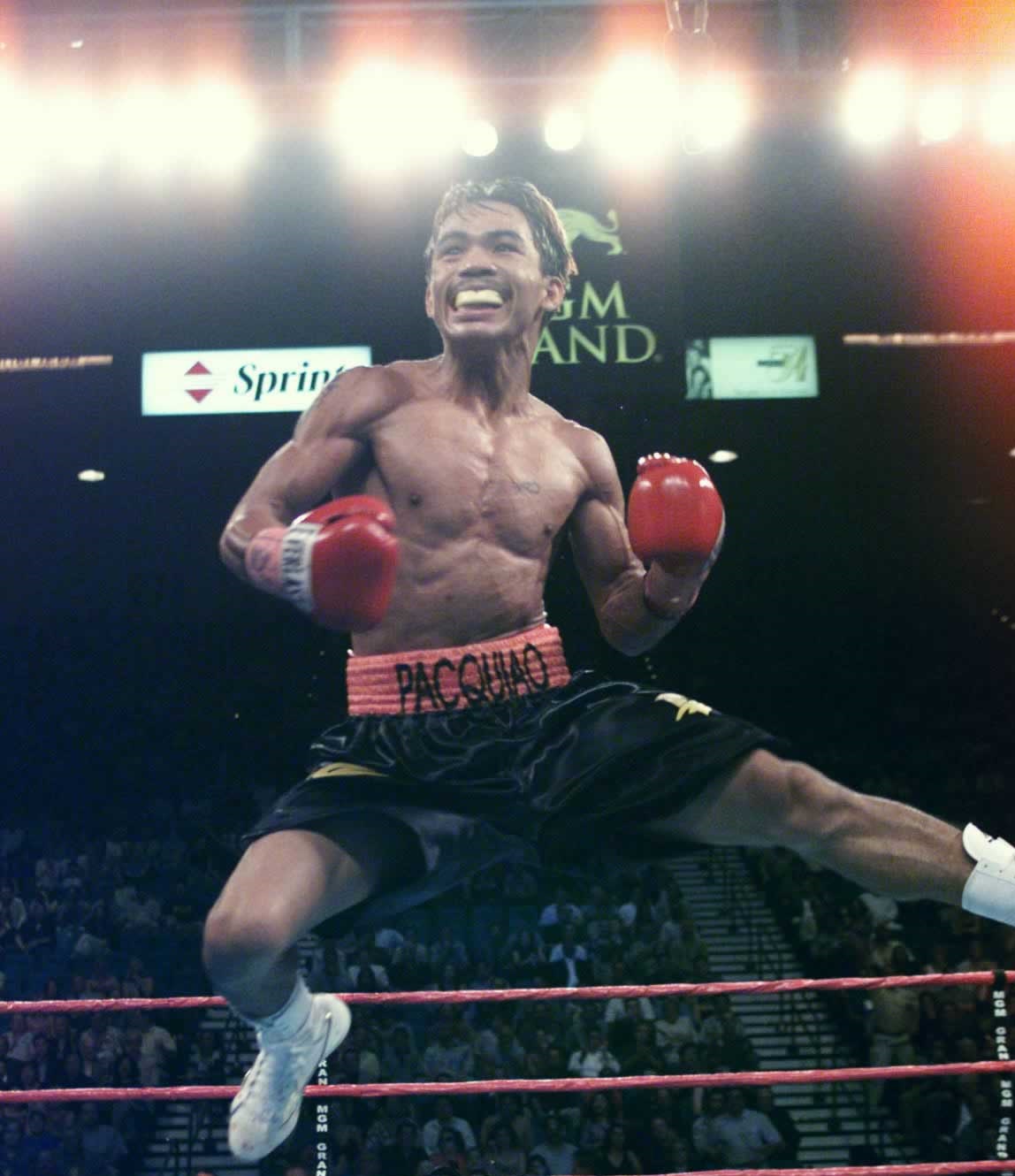
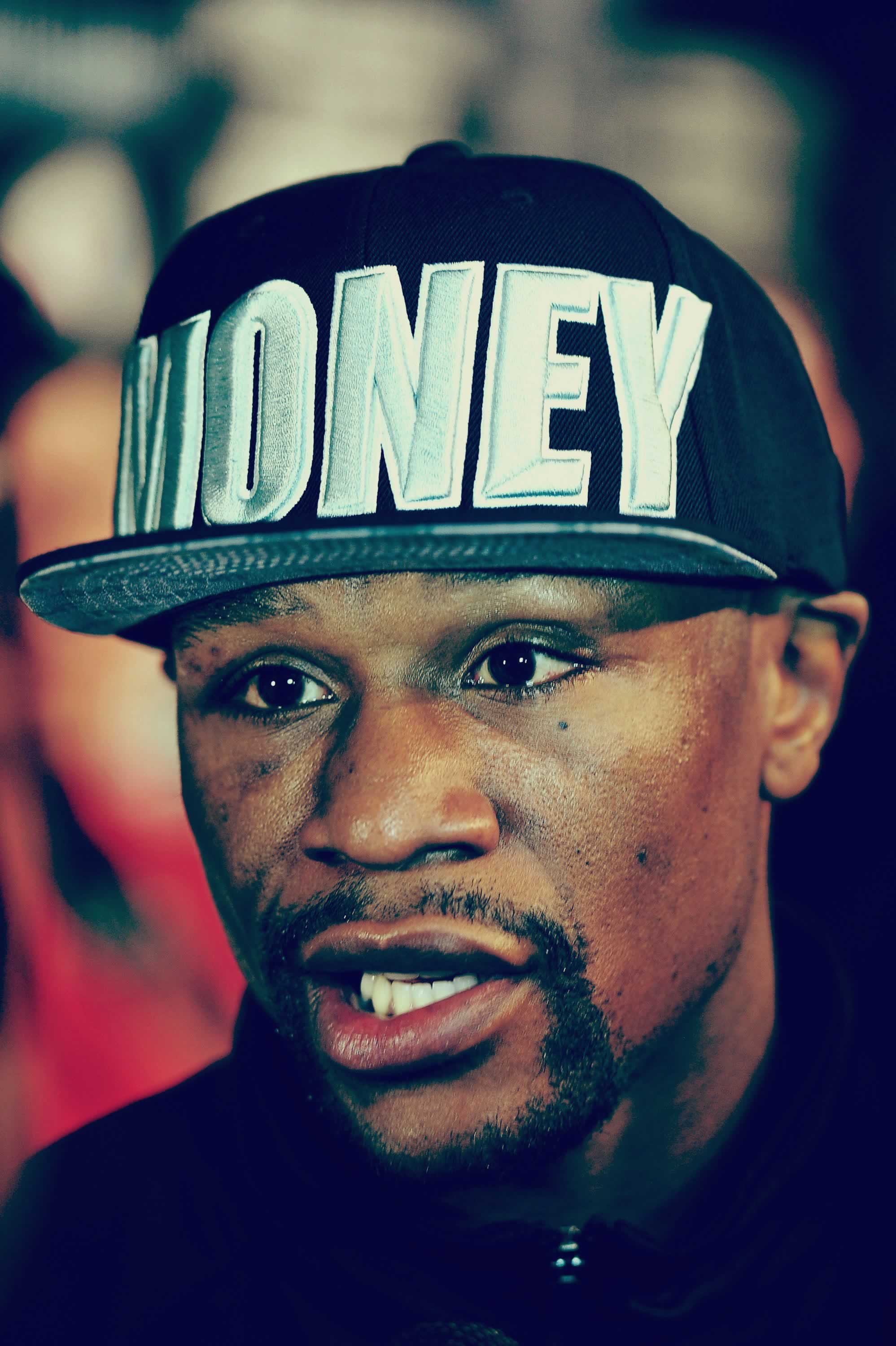
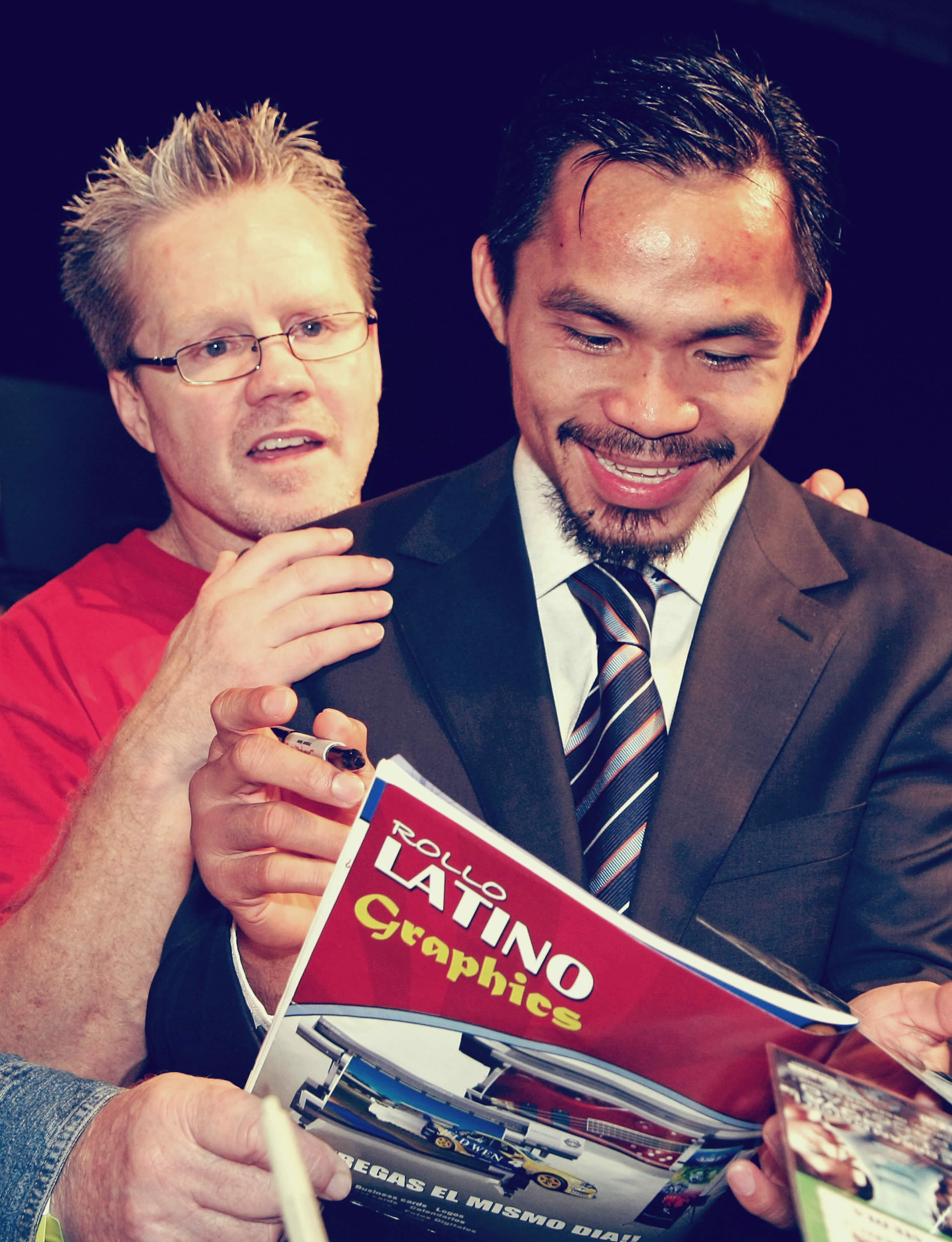



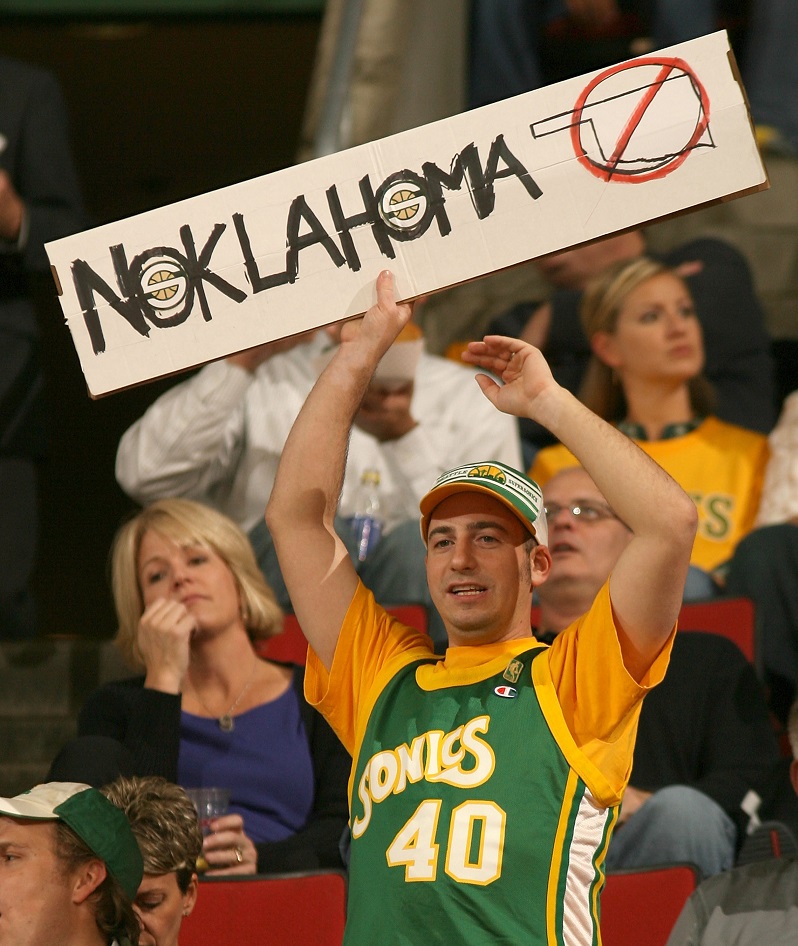








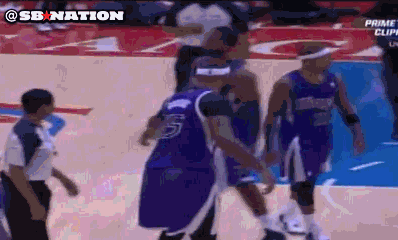

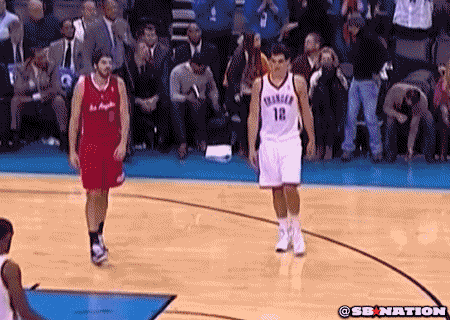


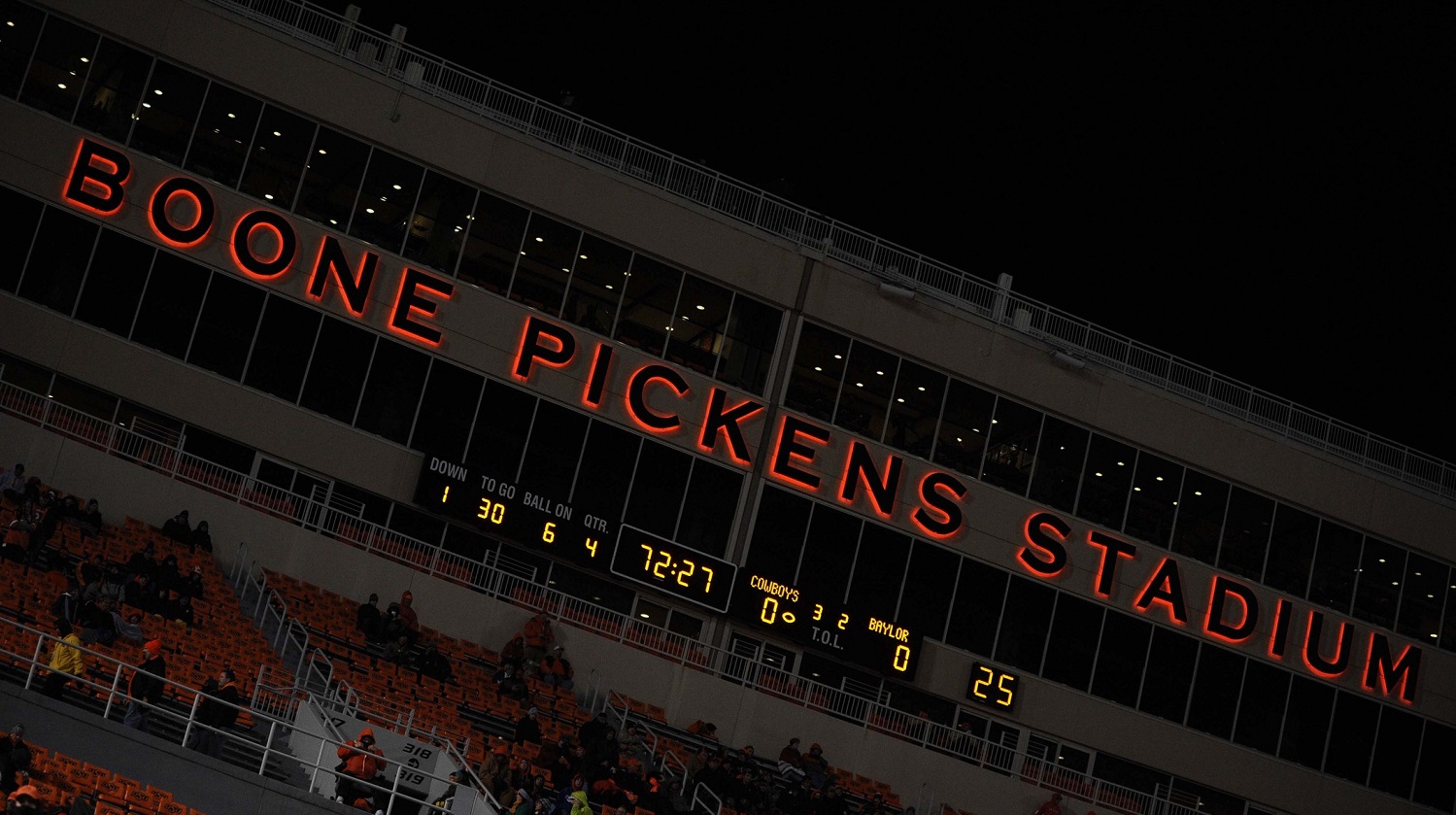



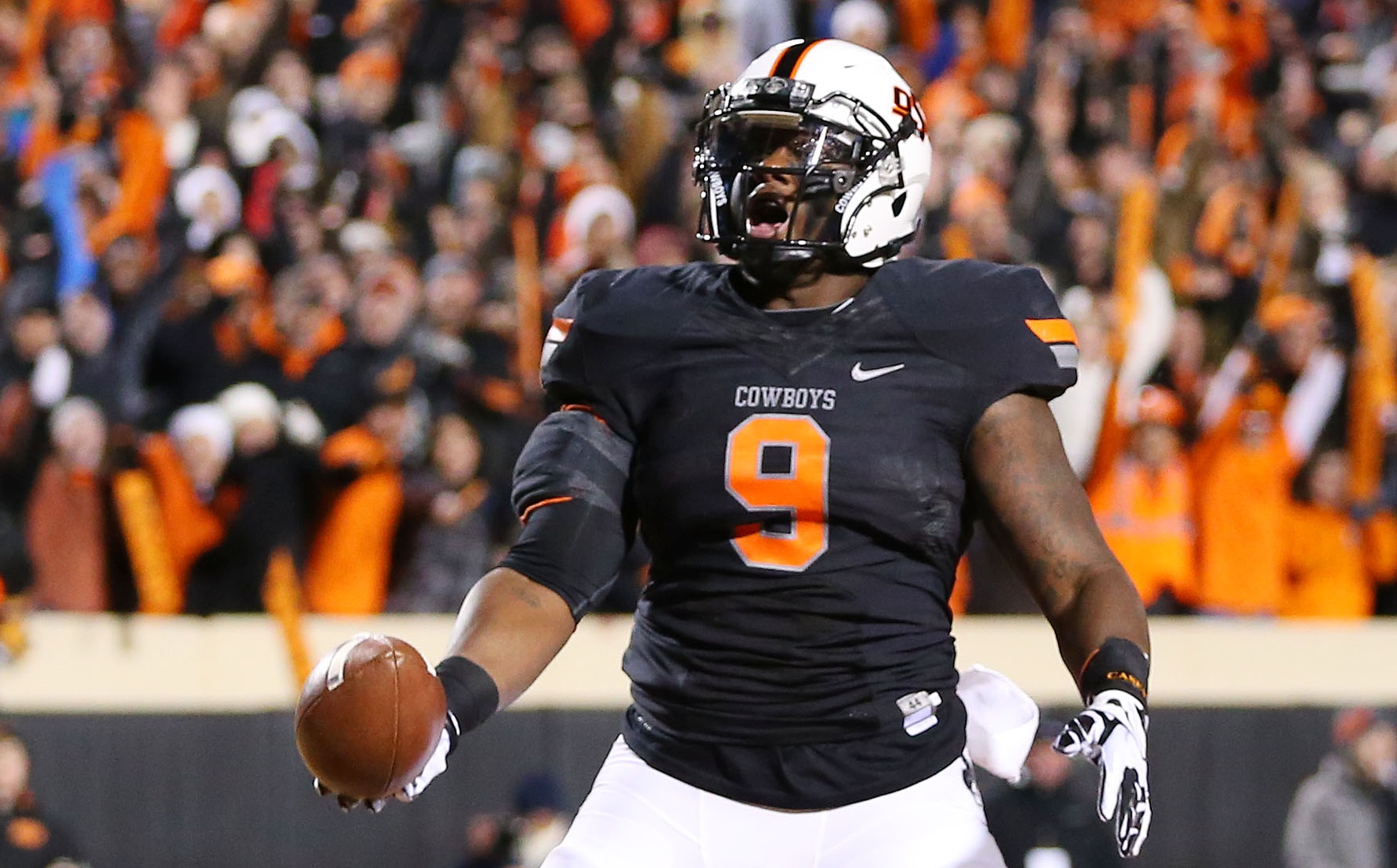




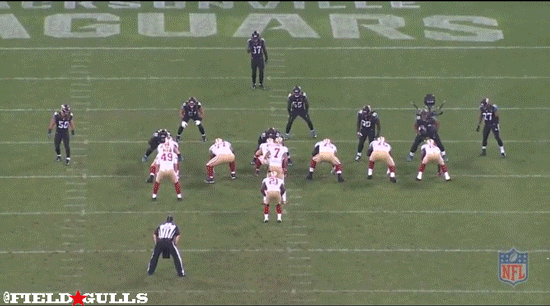
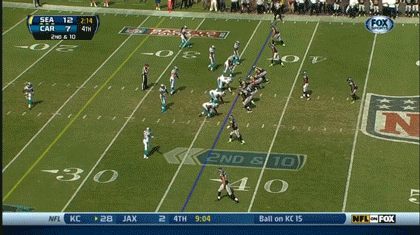

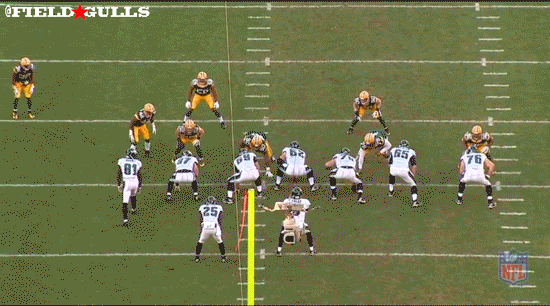



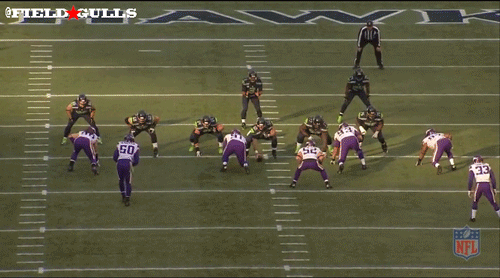
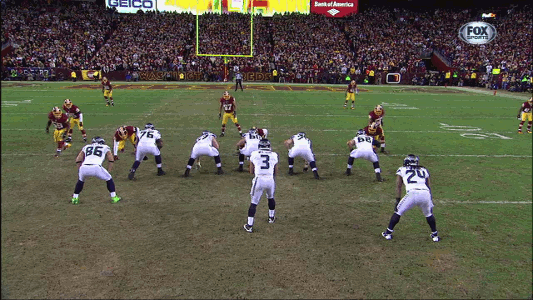
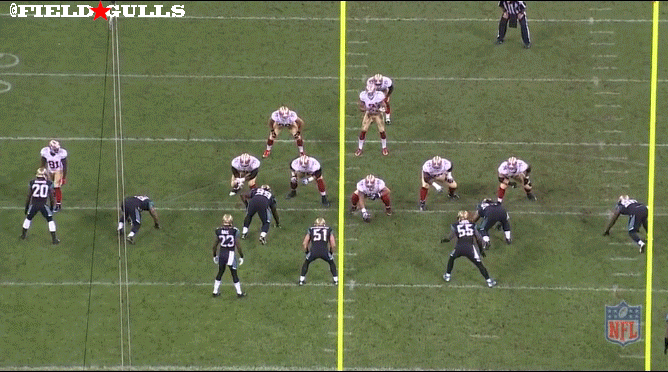

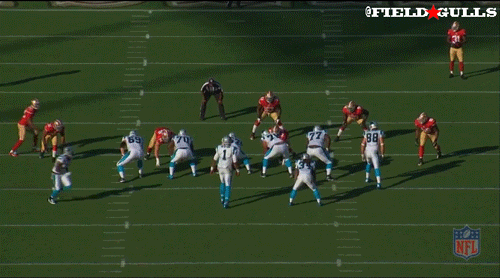

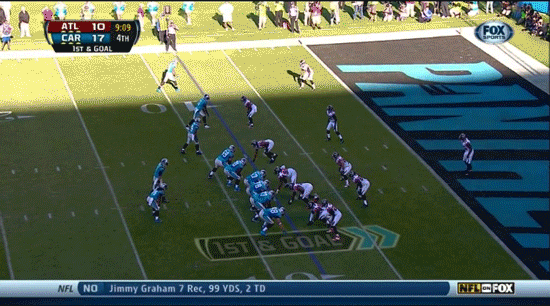





 o the turkey and stuffing has been consumed, the tree and ornaments at least thought about, and the Lions game yelled at. Now begins the three-week scramble to figure out what the heck to buy for the sports-loving fans in your life. Well, we're here to help.
o the turkey and stuffing has been consumed, the tree and ornaments at least thought about, and the Lions game yelled at. Now begins the three-week scramble to figure out what the heck to buy for the sports-loving fans in your life. Well, we're here to help.

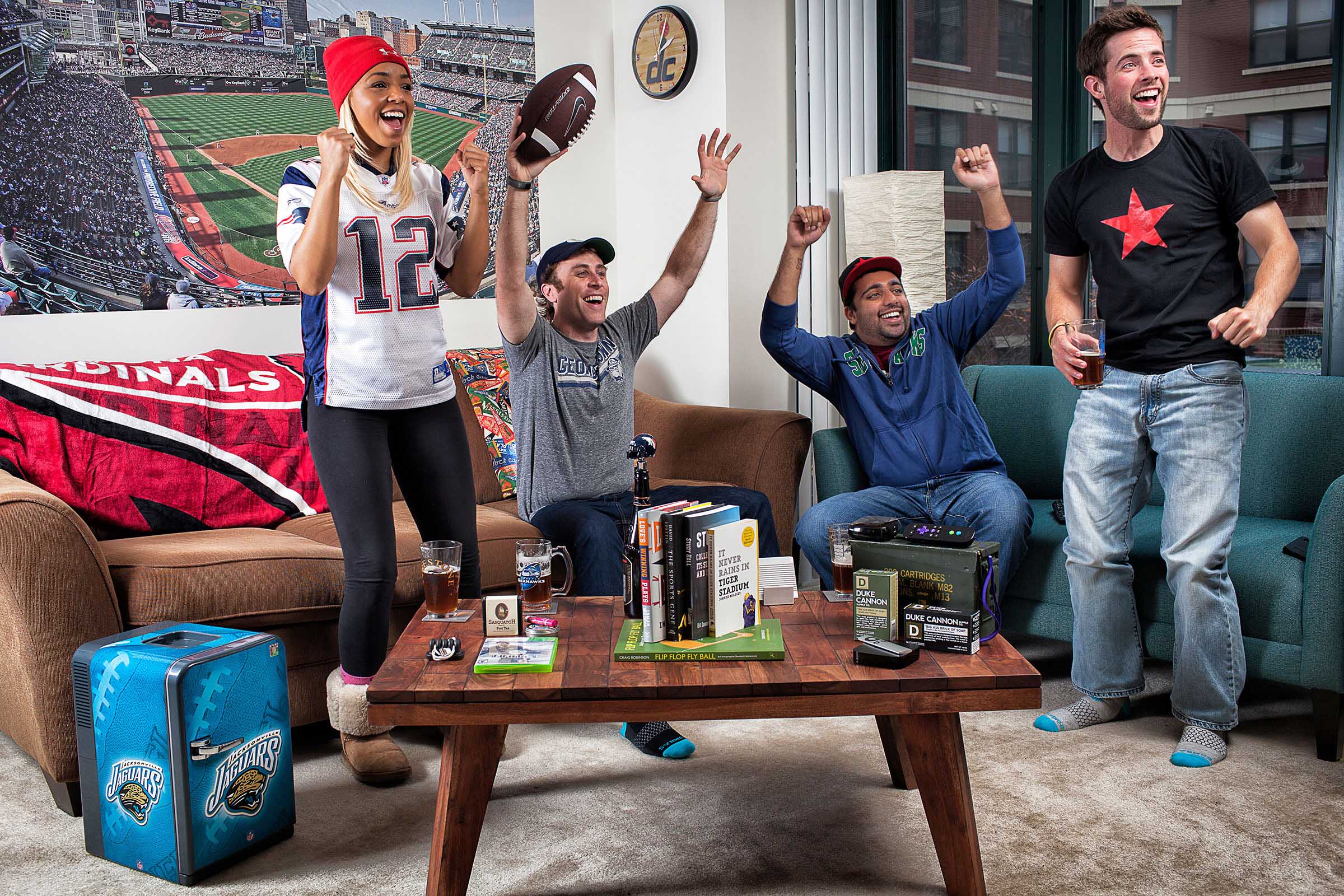




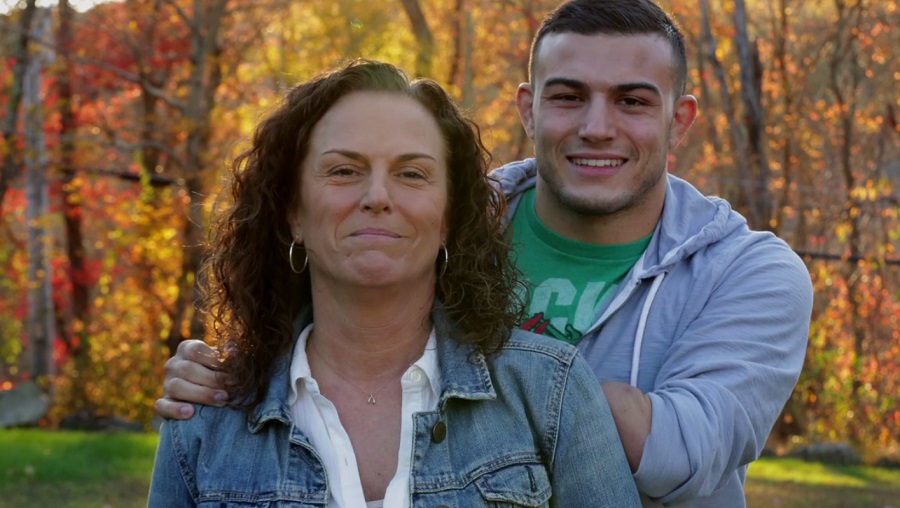
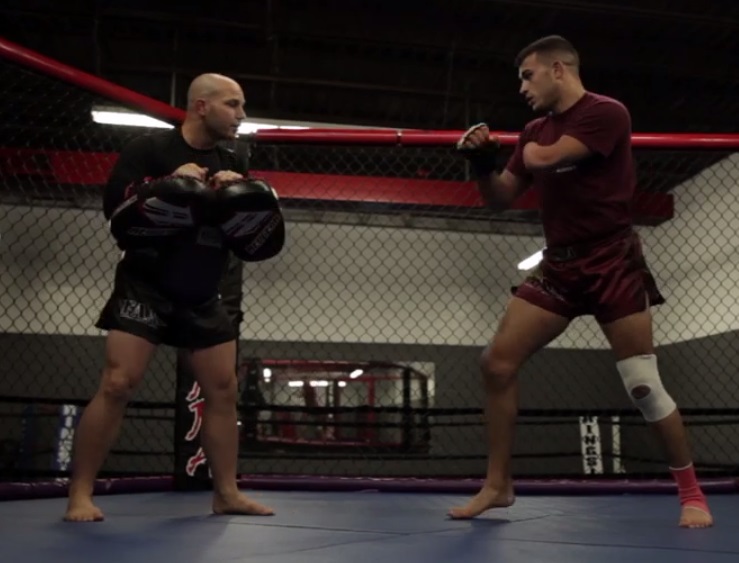

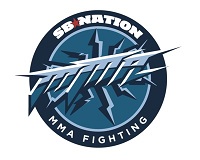




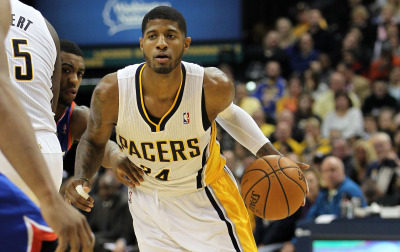









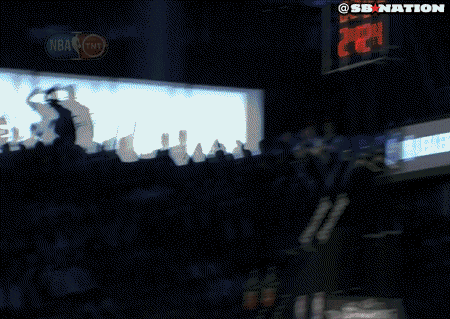






























































 The LaBelle brothers.
The LaBelle brothers.



 The Tousignant brothers.
The Tousignant brothers.


